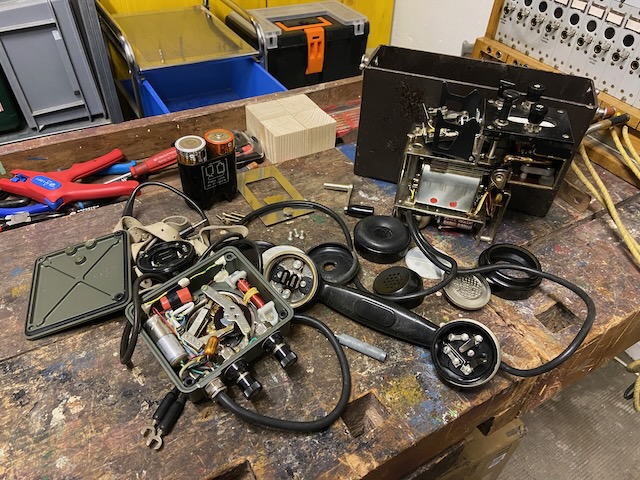
Developed by Ericsson pre 1935 [1] and introduced by the Swedish army in 1937 as m/37. The Ericsson catalog from 1939 lists 4 device types: DPA1001 (LB only), DPA1102 (LB/CB, line test button), DPA1152 (LB/CB with included dial) and DPA13, LB/CB with included telegraphy buzzer [2]. The Swedish army introduced DPA13 as m/37A and DPA1001 as m/37B. After WWII it was updated with an integrated hook switch (only active in CB mode) and an adapter for standard IEC R20 (D-Cell) type batteries and called m/37-47 [4]. Later it got the designation TFNAPP MT (TFNAPP = Telefonapparat = telephony device, MT = ? Militär-Telefon ? ? Mobil-Telefon ? ? Med Tillbehör ?). The model or derivates of it were also used in other countries armies, e.g. in Denmark as FTLF M/51 and in Finland as P-1-7A/VPAR [6]. More than 100k were manufactured up into the seventies [2], the instrument was/is still in use in the Swedish Army in the 21st century.
Sources often mention that it is designed based on the German FF33 [4] [5]. I doubt that, as it was developed pre 1935 [1] way before any German FF33 would have been known in Sweden. It seems to me to be a logical enhancement from the former m/26 [3], but yes, it may well be that some design hints were taken from the German FF26.
The case first was planned to be made of glued together masonite panels [1], in the 1939 catalog it is already listed as a bakelite made case [2]. Originally the device used the 3V B3a battery (Ericsson product IDs BKA1101/2101), later an adapter allowed the use of standard IEC R20 (D-Cell) batteries.
The external dial module exists in 2 versions, a round one and a square one [4], I got a square one which I believe is the newer version.
Description from the 1939 Ericsson catalog [2]:
[...] The appliance is built into a box of bakelite and is equipped with an adjustable leather carrying strap. The lid is held in place by two snap locks placed on the short sides. The snap locks are opened by depressing the fittings on the top of the lid. The device has a strong inductor and a sensitive polarised AC clock, which together with other details are mounted on a stand of strong brass plate and form a unit, the insert, which is screwed into the box. The bakelite handset is equipped with a replaceable headphone and microphone capsule, a key for closing the microphone current and a rubber hose cord. [...] The lid has a hole, which is covered by a rubber cover, whereby the telegraph key can also be actuated when the lid is closed. [...]
Hook cradle activated when switching to CB mode.
Disassembled.

Electrical diagram.
The battery circuit is open when the handset is not connected.
The included "single ear" headset is to be connected to the handset plug, there is an additional socket for an additional external handset.
The magneto is self-shortening, when activated it connects directly to La/Lb and shortens out the local circuit.
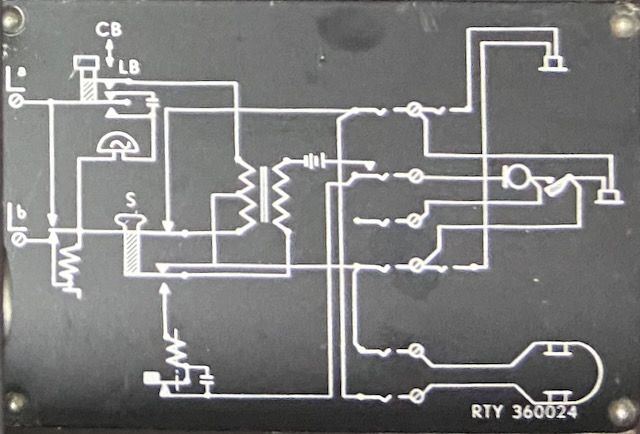
DPA13x10, Mfgd. in 1966.
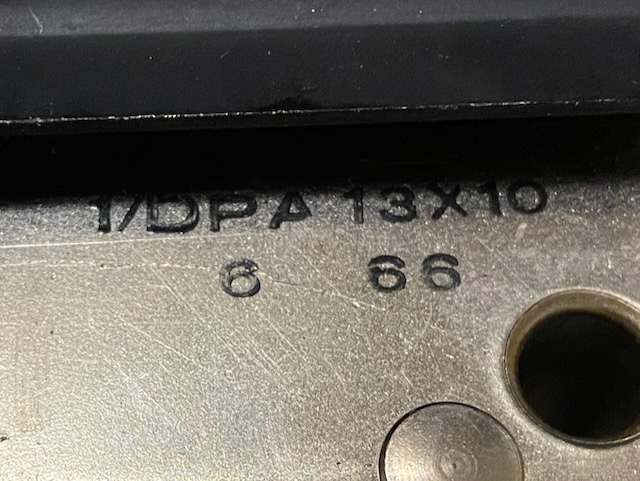
Handset disassembled.
Ericsson type 1931 bakelite handset but with P.T.T. button and rubber ear cushion (screwed to RX cap).
Fix 2 pole RX setup, modular TX.
4 Prong plug, coded, cannot be plugged wrong.
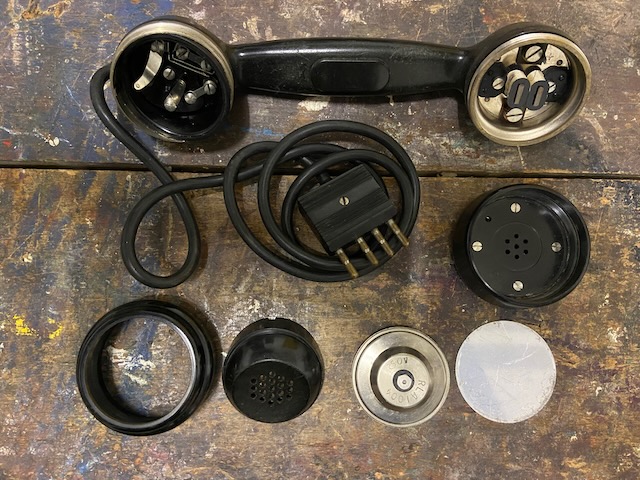
TX capsule.
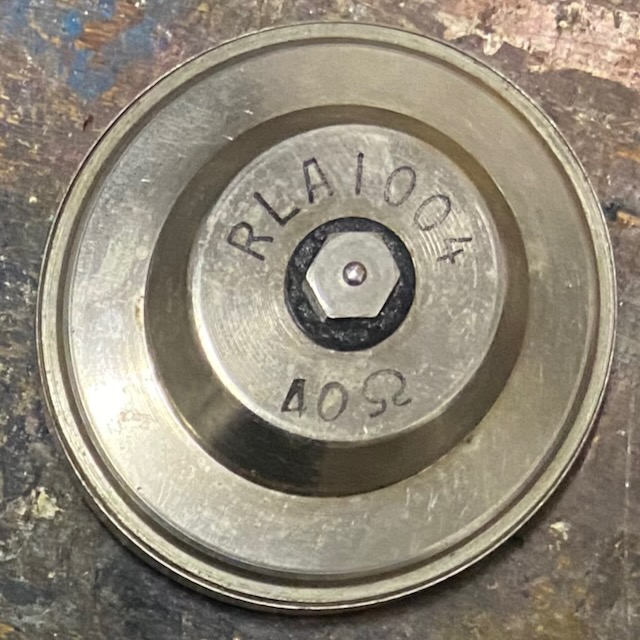
Swedish army tre kronor on handset handle.
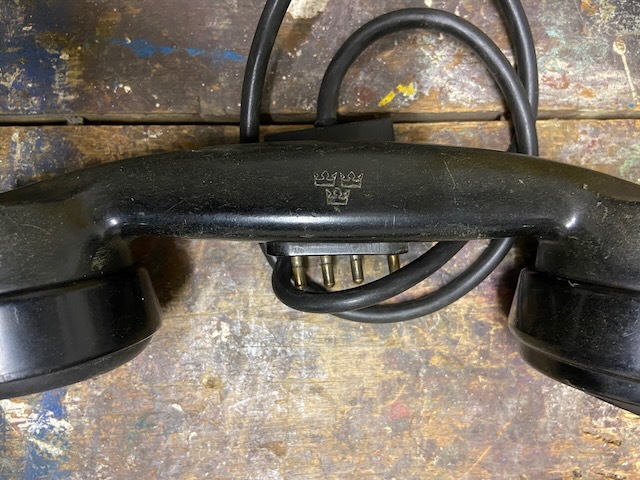
Headset disassembled.
It has a rubber sleeve/cushion.

Headset RX.
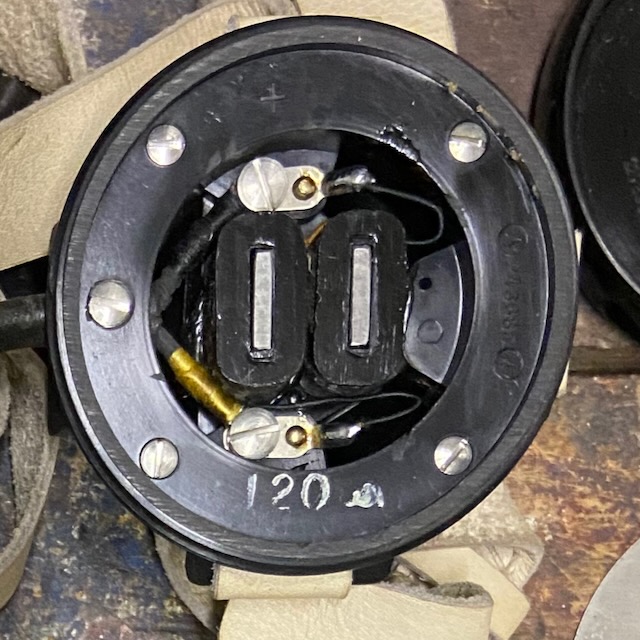
Headset back.

Battery adapter for 2x 1,5V D-Cell.
The batteries are held in the chassis with the plate on the right.
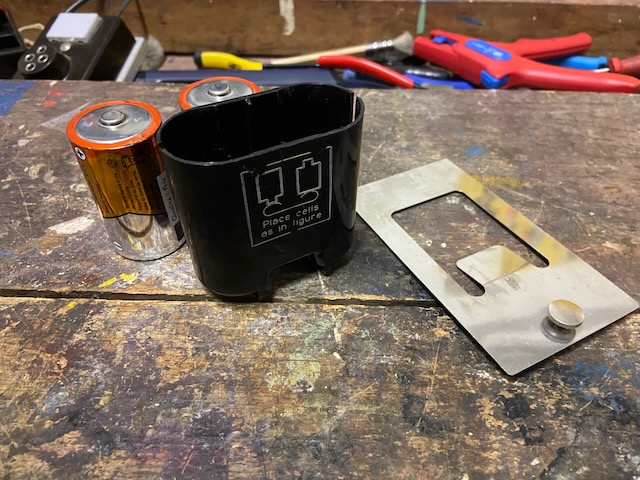
Buzzer can be removed to adjust.
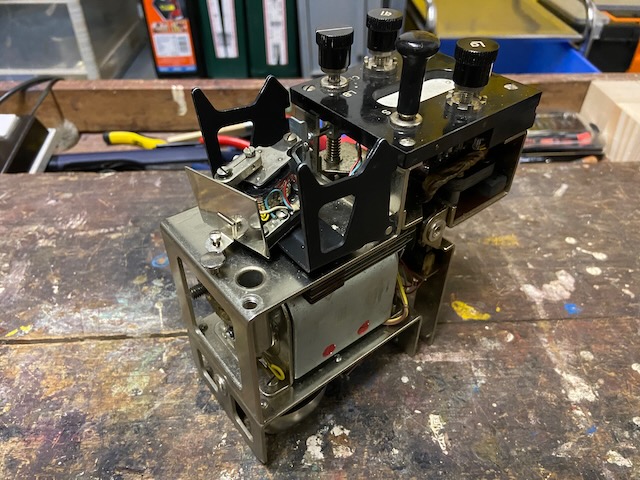
Buzzer detail.
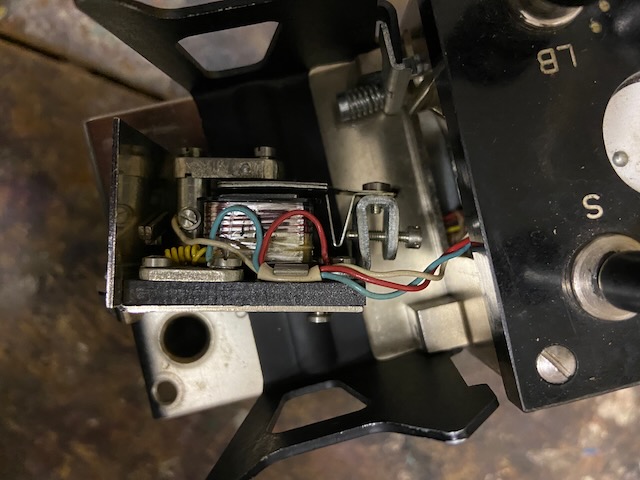
Body right side.
To left the hook switch cradle.
In the middle the buzzer and on the right of it the voice coil.
Below the magneto the quiet compact ringer.
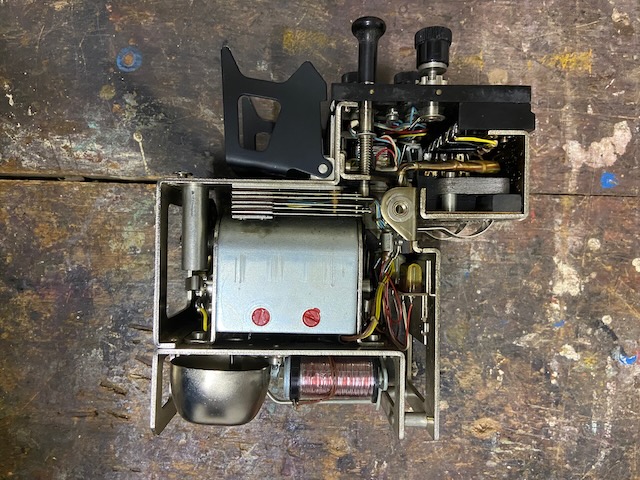
Body left side.
Another date stamp on the magneto.
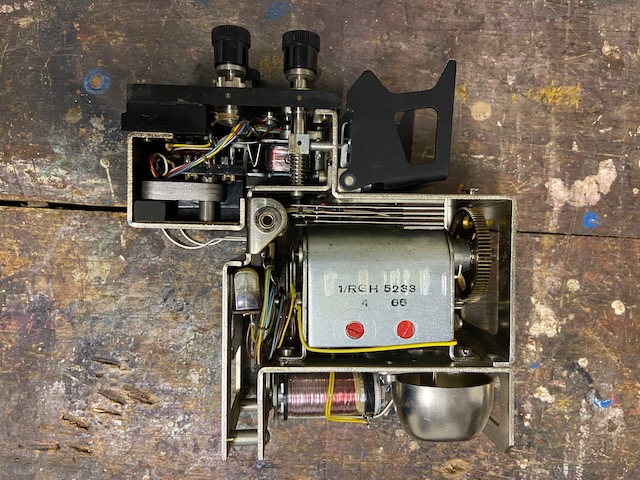
Body front.
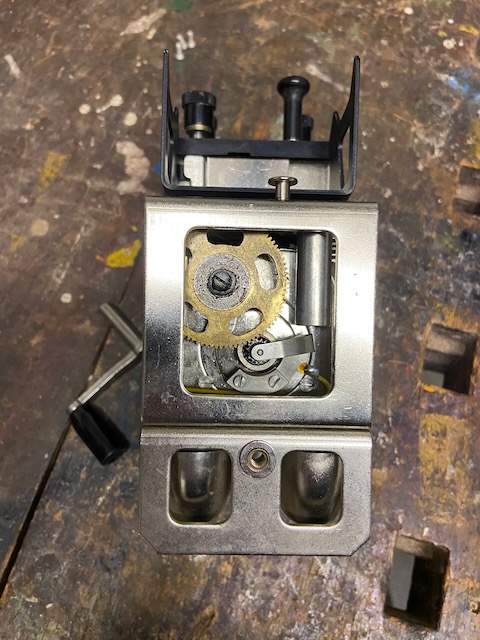
Batteries and magneto crank lever mounted.
On the right of the hook switch the included screwdriver mounted.
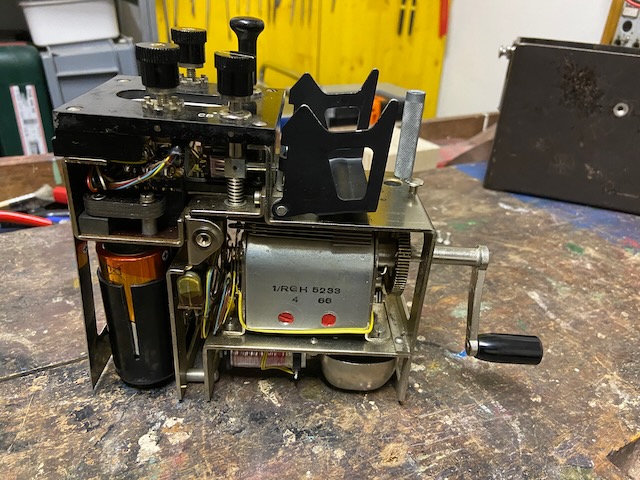
With handset and headset plugged in, on hook.
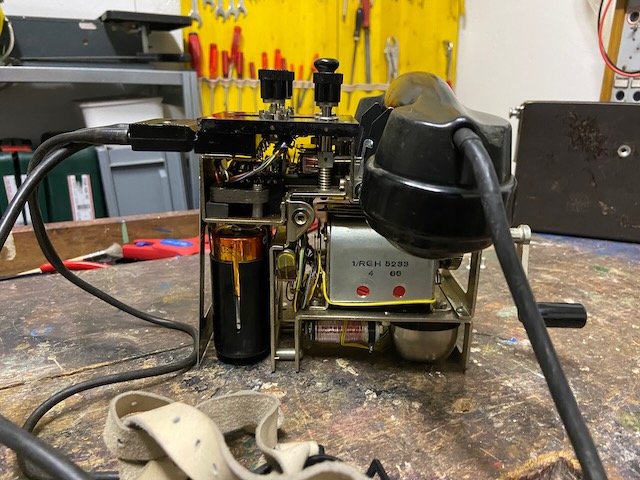
With handset and headset plugged in, off hook.
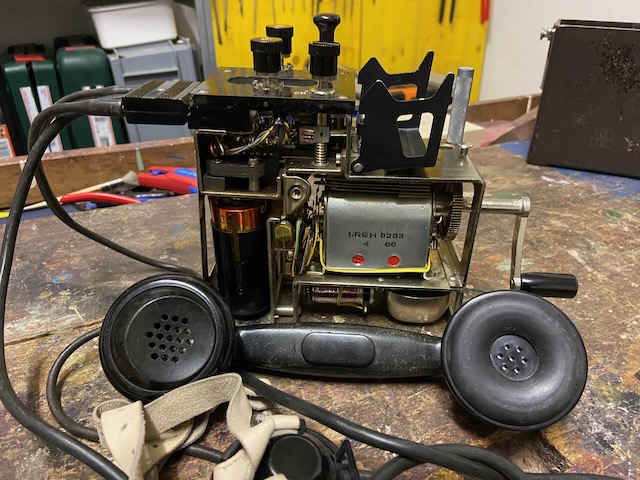
The empty bakelite box.
Diagram is mounted inside top lid.
The top lid is held by the leather shoulder strap.
In the top lid an opening covered by a rubber disk to actuate the buzzer through the lid.
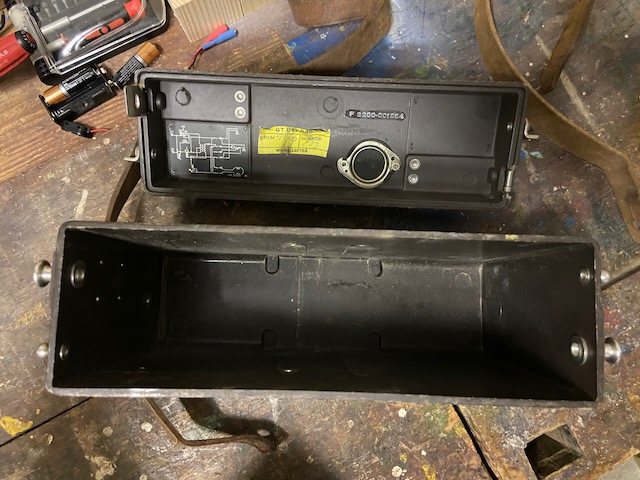
Neatly organized before mounting.
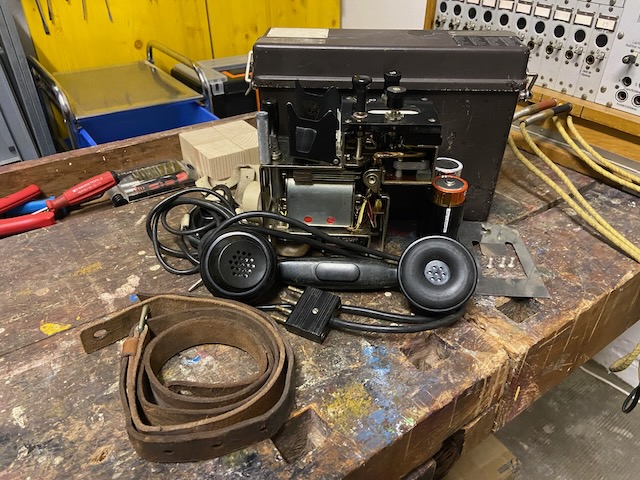
Ready for use in LB mode.
For outside use the lid can be mounted for LB use.
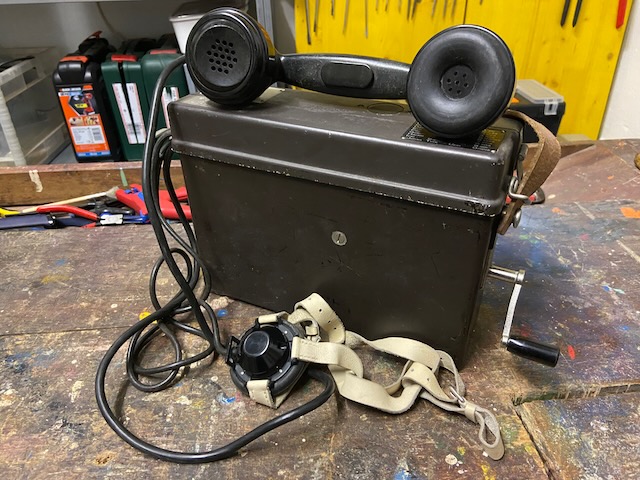
The crank hole is covered when crank removed.
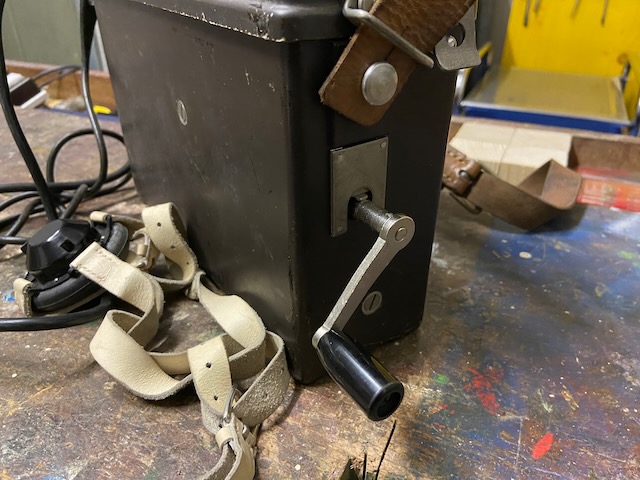
Ready for use in CB/Aut. mode.
Usage in CB/Aut. mode is assumed to be in a sheltered location, lid not mountable when handset on hook.
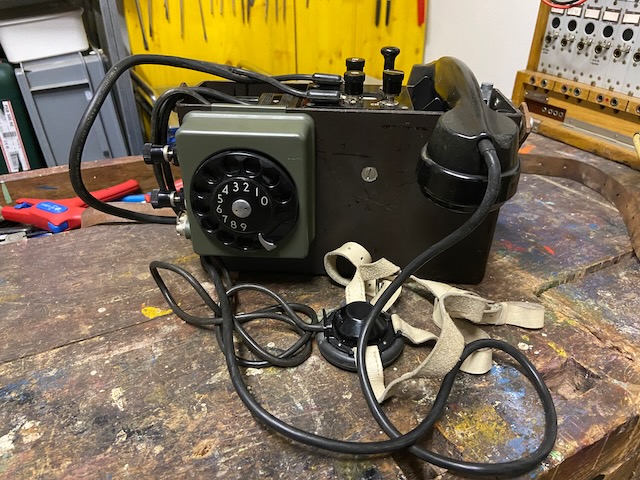
All stored in box.
The crank lever and screw driver are stored beneath/below the handset RX side.
The headset and the cables are stored beneath the handset TX side.
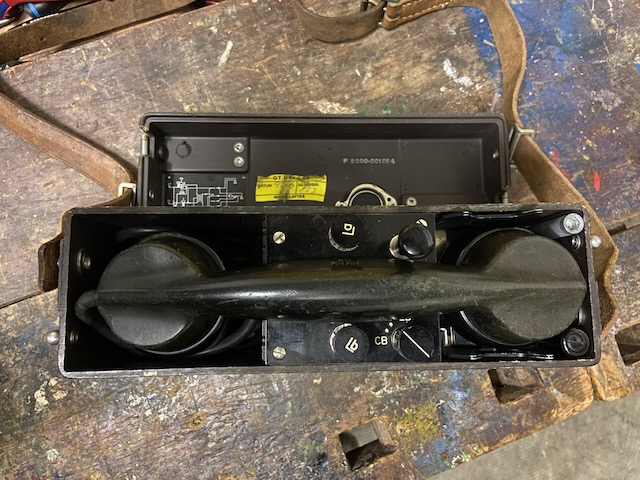
Ready for transport.
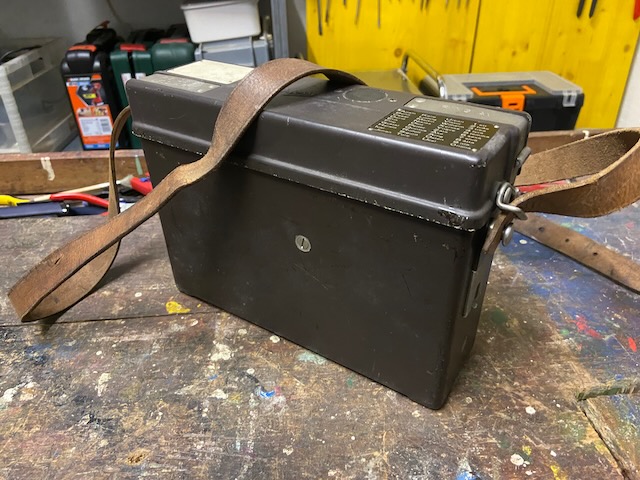
From top.
On the left a write on label, below that on the lid latch the reminder note: "Fienden Lyssnar" ("The enemy is listening").
On the right side the spelling table and above on the lid latch the reminder note: "Ring av" ("Ring off").
Left of it the rubber covered hole for buzzer use, and the "Ericsson" label.

The Swedish spelling table including numbers spelling.
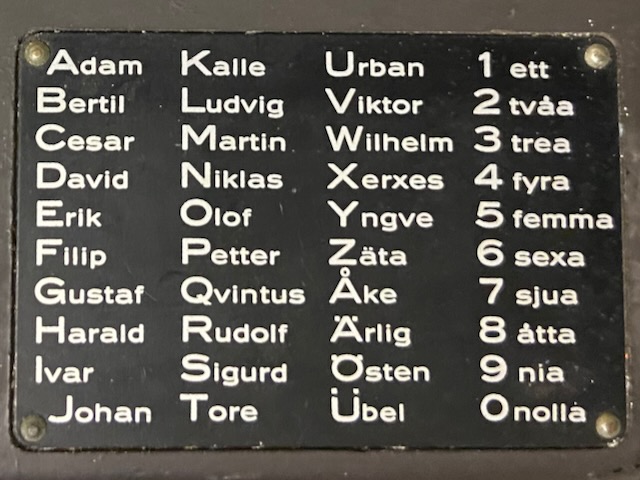
The dial includes a L-C circuit for pulse suppression.
Based on numbers stamped on the box inside and dial this was made in 1969 (also comparing with a dial of an Ericsson Dialog desk set known to be made in 1966).

The dial numbering is of Swedish type (0 at 1 pulse and 9 at ten pulses instead of the "normal" 1 at 1 and 0 at ten).

On the dial back the tre kronor and the Swedish army stock designation .
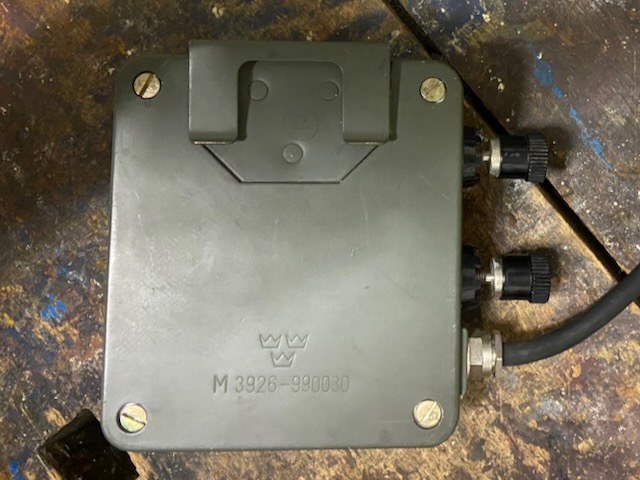
The danish FTLF M/51 (corresponding to Ericsson ID DPA1152).
Handset and dial cable is fix connected.
No handset hook switch.
To go off-hook press the button in (on this specimen the button bakelite/plastic knob is missing), to go on hook move the crank handle for a few degrees to release the switch again.
In "on hook" mode the instrument functions as LB instrument.

Danish "Felttelefon HSGT FTLF M/51".
1951 is assumed to be the year of introduction in Danish Army.
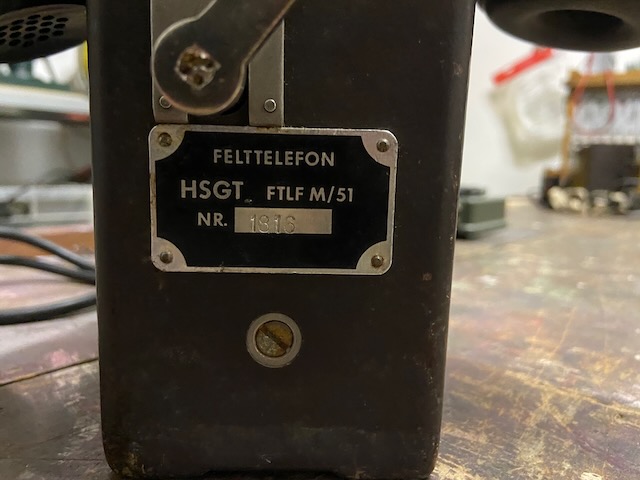
Creative Commons Attribution-ShareAlike 4.0 International License